Results & Visualization Blog Posts
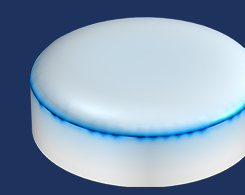
Curve Fitting of Solution Data in COMSOL Multiphysics®
We discuss curve fitting of continuous solution data, the concept of orthogonality, and how to fit solution data to a set of orthogonal functions for a simple and convenient postprocessing operation.
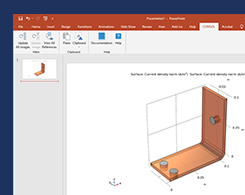
How to Link COMSOL Graphics to Microsoft® PowerPoint®
Did you know that you can easily import, update, and replace model images from COMSOL Multiphysics® in your Microsoft® PowerPoint® presentations?
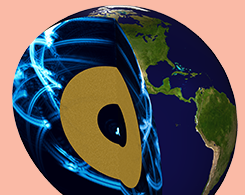
Building a Solid Foundation for Understanding Seismic Waves
In 1906, there was the California earthquake. In 1908, there was the Lawson Report. In 1910, Harry Fielding Reid proposed the elastic rebound theory. Continue on a deep dive into seismology…
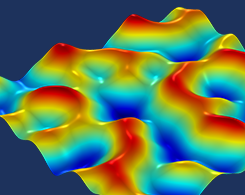
Fractals, Noise, and State Variables
Ever notice how the leaves of a fern seem to show a self-repeating pattern? Fractals are objects that exhibit some form of self-similarity at different scales. Learn how to model them here.

How to Run COMSOL Multiphysics® from the Command Line
Did you know that you can run repeated variations of the same COMSOL Multiphysics® model file from the command line — and automatically export data?
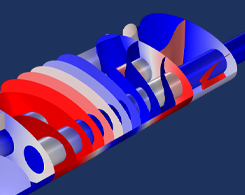
Generating Microsoft® PowerPoint® Slideshows from Your Models
Did you know that you can generate slideshow presentations of your model results in the Microsoft® PowerPoint® format as of COMSOL Multiphysics® version 5.6?

How to Create High-Quality Model Images in COMSOL Multiphysics®
Whether you’re including model images in a presentation, article, paper, or on the web, you want them to be high quality. These guidelines for image creation can help.

Optimizing an NIV Mask Design with Multiphysics Simulation
NIV masks offer a form of noninvasive monitoring and ventilation for COVID-19 patients, which lessens the need for ventilators and other mechanical respirators.
